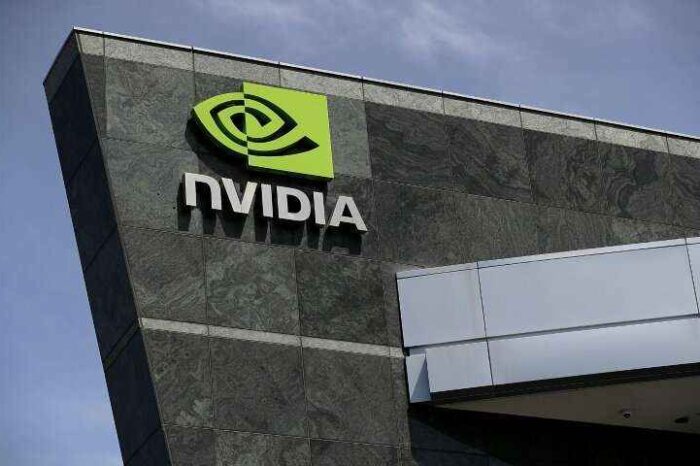Virtual Data Rooms vs. Traditional Data Storage: Which Is Right for Your Business?

Globalization has shrunk distances in the business world. It has become a whole lot easier to provide services or sell products in different parts of the world. In addition to opportunity, globalization has also tightened competition. Thus, the data which used to be important for only a handful of businesses in the 20th century is now vital for hundreds and thousands of companies.
Evolving data management practices across the globe
As data is the most precious commodity for businesses, they are adamant about protecting it at any cost. That’s why data management practices have changed a lot in the last ten years or so. For example, modern-day businesses prefer cloud-based data storage platforms like virtual data rooms. These online data rooms are quickly replacing traditional data storage methods.
The question stands, why? Are virtual data rooms better than traditional solutions? Which one is better? Here is a detailed comparison between orthodox data management and online data room software. Let’s start with the basics.
What is virtual data room software?
Virtual data room software is a cloud-based document storage and management solution that any business, public institution, nonprofit organization, and professionals use to share, store, streamline, or distribute corporate information.
Electronic data room uses are extended to a wide range of uses in almost every business sector. They are a preferred choice of dealmakers in transactions like, initial public offerings, fundraising, mergers, acquisitions, and joint ventures.
However, it is highly recommended to hire trusted data room services. Asses multiple virtual data room providers, read virtual data room reviews from trusted websites and insist on a free trial before choosing.
Virtual data rooms vs. traditional data storage
One of the best things about online data rooms is the diversity they bring. Here are some major differences between VDRs and conventional storage methods.
Automation
Data collection in conventional models is not only hectic but there are high chances of security risks. For example, in traditional data collection approaches, employees had to physically gather information and shift it to another place under strict invigilation of security personnel.
However, it is completely different in virtual data rooms. Employees (users) can simply log in to the data room software from anywhere in the world, access the file, and view or download it.
If they don’t have the authority to access a certain file, they can request the VDR administration. The administration can also set well-defined boundaries for the users so that they can access concerned data anytime.
Efficiency
Virtual data rooms can boost workplace efficiency in multiple ways. For instance, in traditional paper documentation systems, if more than one employees need to access a file simultaneously, they will have to wait for their turn or create multiple copies of that file (which incurs more expenses).
Even in traditional cloud storage platforms, the management has to administer every file access or activity in the data room, which is a time-consuming process.
On the other hand, online data room software gives the administration more time for important affairs. That said, admins can simply define the access level of all the employees accordingly to their needs. What’s more, they can prevent certain employees from printing, editing, sharing, or copying any file.
Communication
In conventional setups, communication and data management are two different practices. Most of the traditional cloud storage platforms don’t have the necessary communication tools.
Virtual data rooms provide a massive range of communication tools for internal and external collaboration. For instance, dealmakers can use Q&A tools to settle their queries in real-time. VDRs boast meeting management tools like agenda builders, note makers, meeting minutes builders, audio and video calling, screen sharing, and online voting tools.
In addition to that, there are built-in chat messengers for one-to-one and collective communication; you don’t need external communication tools like Slack or Google Meet.
Security
The security features in virtual data rooms are simply miles ahead of traditional document management platforms. The best virtual data room providers offer a fence-view feature, which is mostly used for external data sharing. It restricts users from viewing a certain sentence, paragraph, or even a page. What’s more, nobody can take a screenshot or picture of that file via camera.
Other highly notable features in virtual data rooms include 256-bit encryption, remote device and document purging, self-destructive documents, IP address restrictions, and multi-factor authorization.
In addition to that, data room vendors are certified service providers. The best of them are generally ISO, FISMA, FINRA, HIPAA, and SOC-compliant.
Cost
An average company in the United States spends almost $400,000 on paper and printing-related expenses. A virtual data room costs a lot lower than this, even if a company buys premium packages.
Final words
Virtual data rooms are ahead of traditional data storage platforms in terms of security, efficiency, communication abilities, automation, and cost-effectiveness. Some of the best data room providers include iDeals, Digify, Ansarada, Caplinked, and Merrill.




